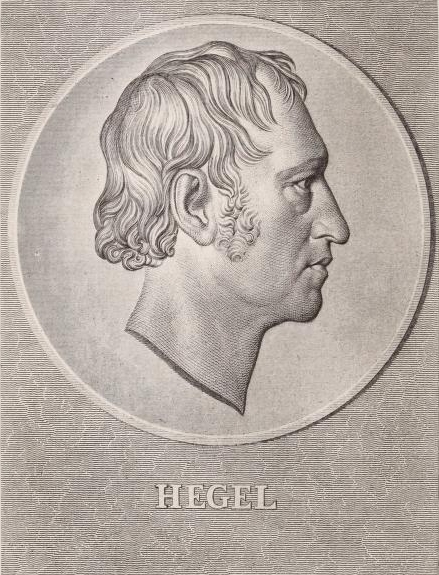
THE PHILOSOPHY OF
FINE ART
BY
G. W. F. HEGEL
TRANSLATED, WITH NOTES, BY
F. P. B. OSMASTON, B.A.
AUTHOR OF "THE ART AND GENIUS OF TINTORET," "AN ESSAY
ON THE FUTURE OF POETRY," AND OTHER WORKS
VOL I
LONDON
G. BELL AND SONS, LTD.
1920

TRANSLATOR'S PREFACE
The translation of Hegel's "Aesthetik" or "Philosophy of Fine Art,"which is contained in the four volumes of the present work, is thefirst complete translation in English of the three volumes devoted tothis subject in the collected edition (Berlin, 1835). I know of fourpartial translations in English of this work and one in French. Theseare Mr. W. M. Bryant's translation of Part II[1], Mr. Kedney's shortanalysis of the entire work[2], Mr. Hastie's translation of Michelet'sshort "Philosophy of Art[3]," prefaced by Hegel's Introduction, partlytranslated and partly summarized and lastly Professor B. Bosanquet'scomplete translation of Hegel's first Introduction with notes[4].
The French translation of M. Bénard purports to be more or lessa reproduction of the entire work and runs into two large-sizedvolumes. It also is, however, so far as Hegel's Introduction and thefirst two Parts are concerned, merely a compressed summary, and onlyin particular passages is the translation anything but a very freerendering of the original, though there is a far closer approach tothis in Part III.
I have not seen Mr. Bryant's translation. As any approach to anadequate reproduction of Hegel's[Pg i] writing Mr. Hastie's translation ofMichelet's work and Mr. Kedney's analysis are of very little value[5].Professor Bosanquet's translation is admirable within the limitsimposed. To that extent I have merely followed, as I was able, inmy friend's footsteps; but this advance covers little more than onesixteenth part of the entire work of 1,600 pages.
With regard to all such analyses I entirely concur with ProfessorBosanquet's view stated in his preface, that such merely mislead ifregarded as in any way a reflex of either Hegel himself or the Germantext. It is true that this work is—as are in their degree othervolumes of the collected edition, the "Outlines of the Philosophyof Right" for example—a heterogeneous product, in our own instancenot merely lacking the final revision of the author, but rather puttogether as such a connected treatise by the editor responsible (i)from several autograph MSS. of Hegel[6], some of which were littlemore than fragmentary notes for lectures, (ii) supplemented furtherfrom notes[7] taken by pupils who attended such lectures, the entireconglomerate being (iii) finally dovetailed together with connectinglinks by the editorial hand much as, to cite his ow